
A new article in a scientific journal
Assessing Seagrass Restoration Actions through a Micro-Bathymetry Survey Approach (Italy, Mediterranean Sea)
This is the title of the article published in Water, a peer-reviewed, open access journal on water science and technology, including the ecology and management of water resources, with data also coming from our LIFE project.
The article is available at this link.

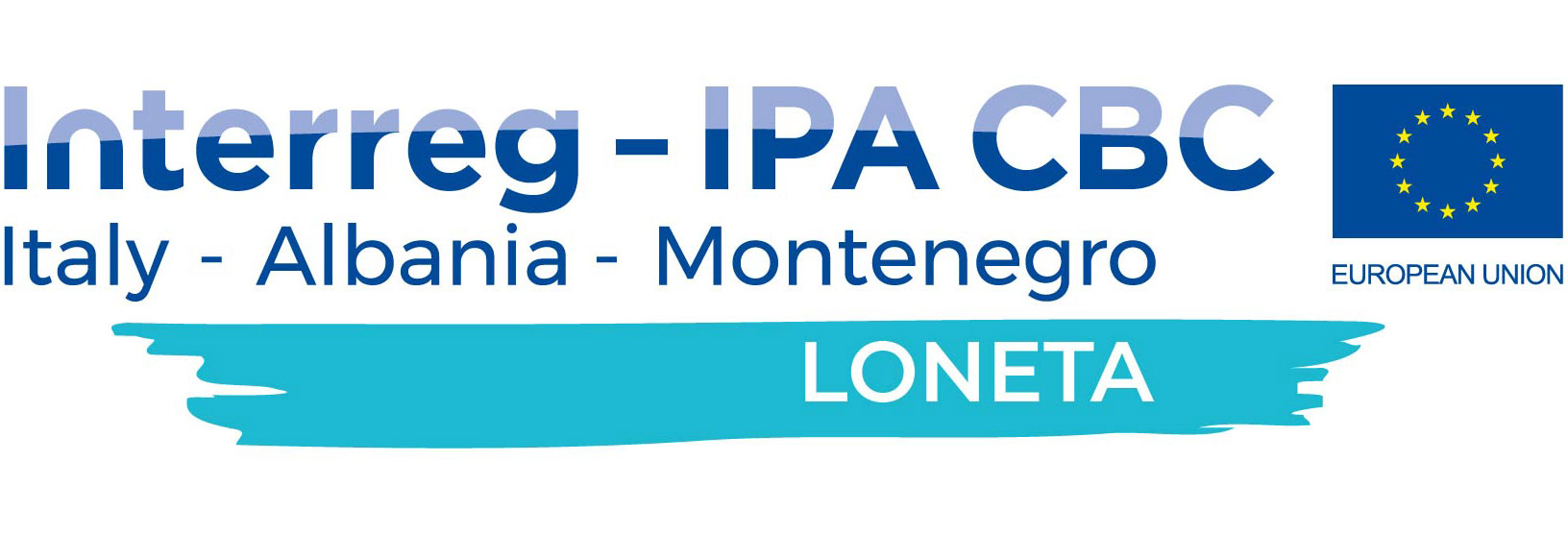
SeaForest LIFE at B2B on 21 October in Lecce
On 21 October in Lecce we will be at the B2B event - NETs and NBS in the marine sector as part of the LONETA project coordinated by the CMCC. The project aims to share experiences and future opportunities on Negative Emissions Technologies, a subject still largely unexplored. The day will have two focuses: one on blue and green forests and the other on technologies related to ocean alkanisation. In this context there will also be an intervention for the presentation of our LIFE SeaForest project.
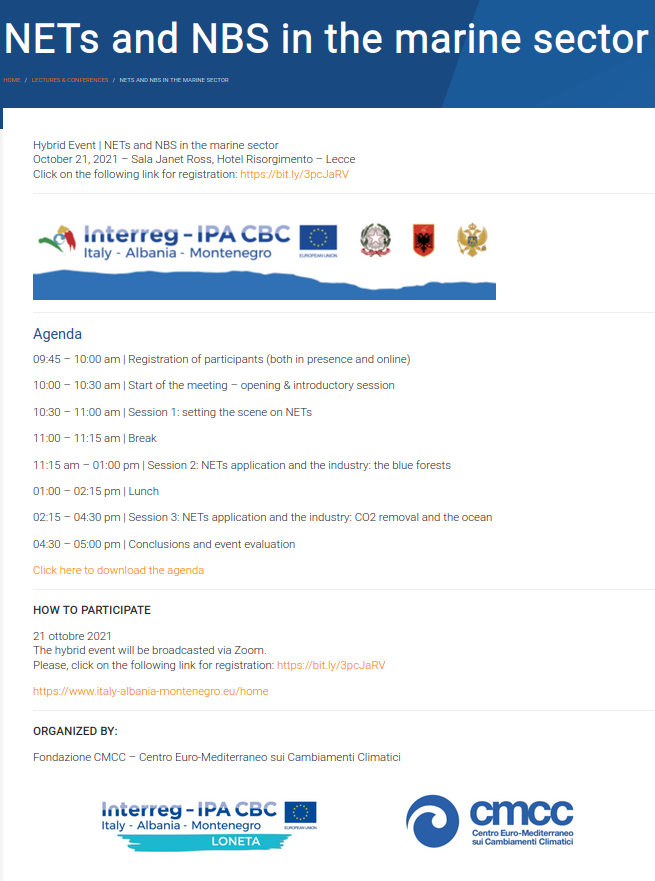
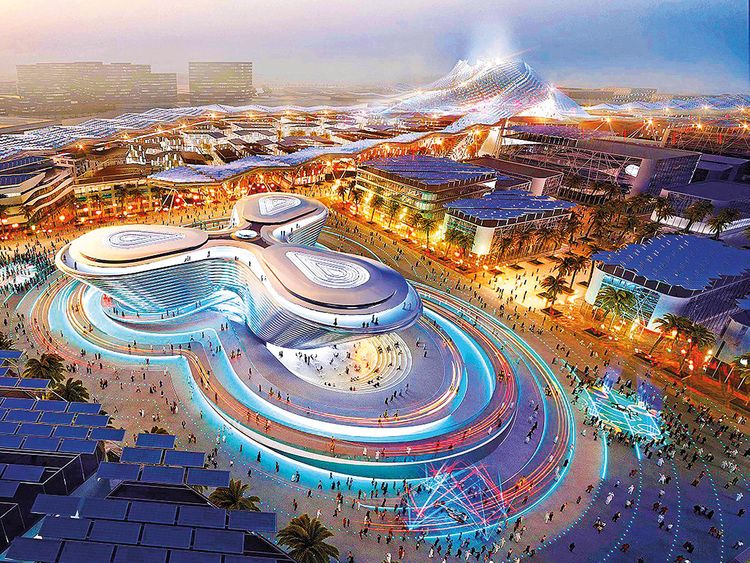
SeaForest LIFE at the Italian Pavilion of Expo Dubai 2020
We are extremely proud to announce that the video "Research and technological innovation for the zero-emission monitoring of the marine and coastal environments", carried out as part of our project, has been selected to be available in the Italian Pavilion of Expo Dubai 2020.

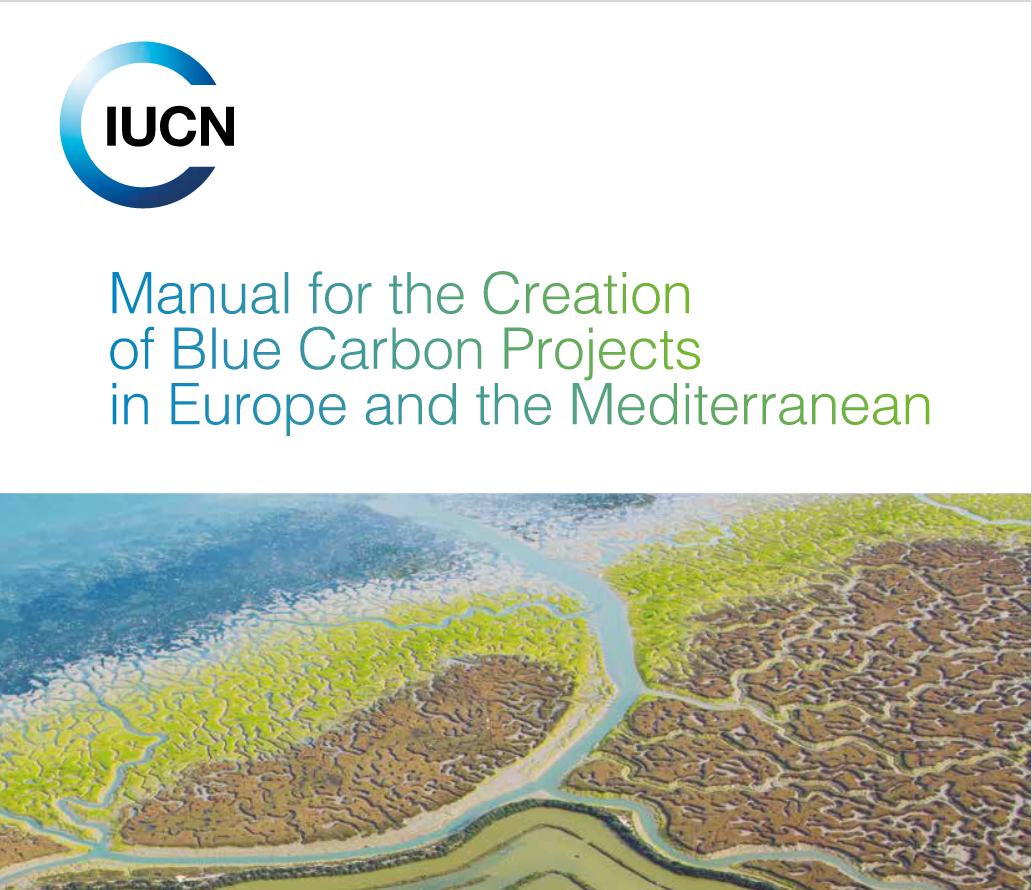
Released the "Manual for the Creation of Blue Carbon Projects in Europe and the Mediterranean"
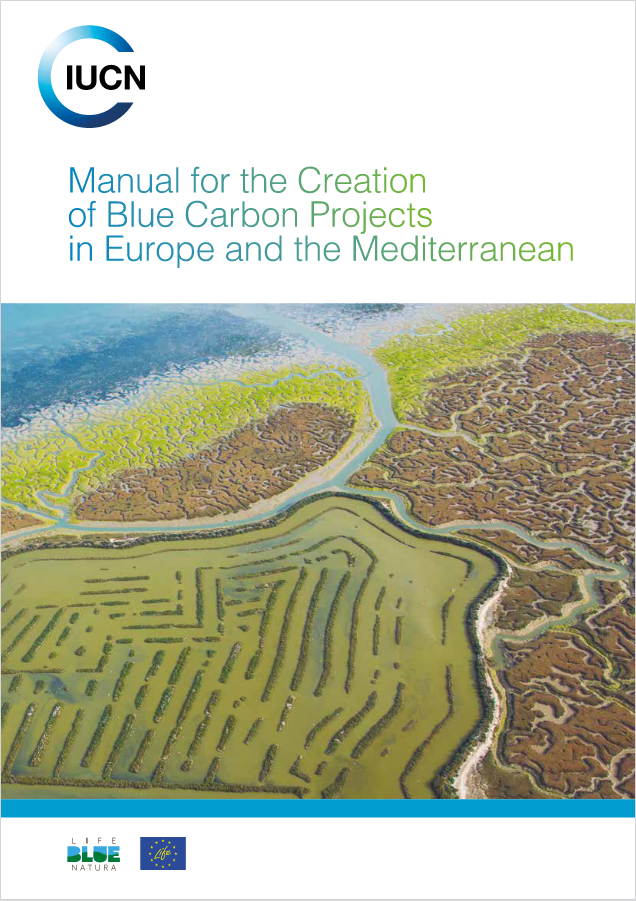
The IUCN’s Centre for Mediterranean Cooperation, drawing from a number of existing methodologies and approaches created by the International Blue Carbon Initiative as well as the work developed by the EU LIFE Blue Natura project, released their “Manual for the Creation of Blue Carbon Projects in Europe and the Mediterranean”. This document provides guidance for developing projects which utilise carbon finance to enhance, protect and develop seagrass and coastal wetland ecosystems for climate change mitigation and adaptation, specifically in Europe and the Mediterranean region.
This publication is addressed at public institutions, civil society organisations, researchers and private companies interested in strengthening their initiatives, as for example, the ones related to corporate social responsibility, through Blue Carbon projects.
In particular, this manual presents all the necessary methodological steps from the design of a blue carbon project on the ground to reporting according to diverse standards to obtain carbon credit offsets. Furthermore, it includes a selection of the best options in terms of restoration for mitigation, how to optimise efforts to obtain field data and building robust estimates within the boundaries of blue carbon projects.
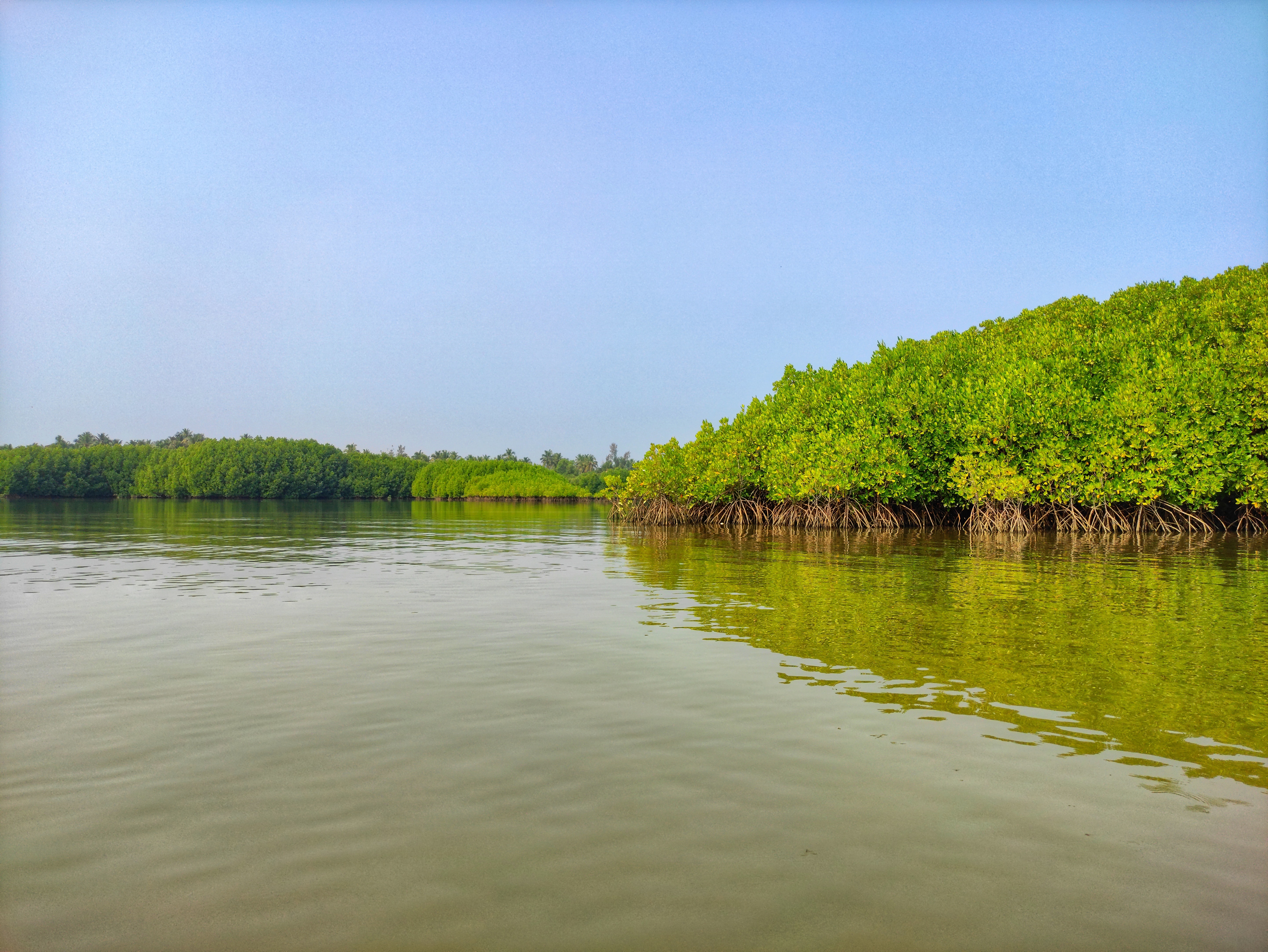
Verra Has Registered Its First Blue Carbon Conservation Project

Verra has registered its first “blue carbon” conservation project, a critical step to scaling up climate action. The Blue Carbon Project Gulf of Morrosquillo in Colombia will sequester almost one million tonnes of carbon dioxide over 30 years by conserving and sustainably managing 7,561 hectares of coastal mangrove ecosystem, marshes, and associated streams.
“Blue carbon” refers to carbon dioxide stored in coastal wetlands, including mangroves, seagrasses and salt marshes. These ecosystems have a disproportionately high carbon sequestration and storage capacity compared to terrestrial forests and other ocean ecosystems. Although they cover less than 2% of total ocean area, mangroves, seagrasses and salt marshes account for half of the carbon stored in oceans due to their ability to draw down atmospheric carbon and trap it for long periods of time. Scaling up blue carbon activities is therefore critical to solve the climate emergency.
Blue carbon activities also provide important economic, social, and environmental benefits for local communities. This project will:
- Strengthen local governance through local municipality and community participation in sustainable management practices;
- Rescue, rehabilitate, and protect the habitat of several endangered species such as manatees and otters;
- Reduce social barriers related to poverty by promoting jobs and activities such as bee-keeping and ecotourism; and
- Introduce sustainable food sources such as community gardens.
The Blue Carbon Project Gulf of Morrosquillo was developed by Conservation International with the technical support of South Pole, using a Verra methodology (VM0007) that was revised in September 2020 to include tidal wetland conservation and restoration activities. Instituto de Investigaciones Marinas y Costeras (INVEMAR), Regional Autonomous Corporation of Sinu and San Jorge Valleys (CVS), Regional Autonomous Corporation of Sucre (CARSUCRE), and Fundación Omacha are implementing and monitoring the project with validation conducted by AENOR. The Colombian General Directorate of Maritime Affairs (DIMAR) provided valuable input and support for the project.



